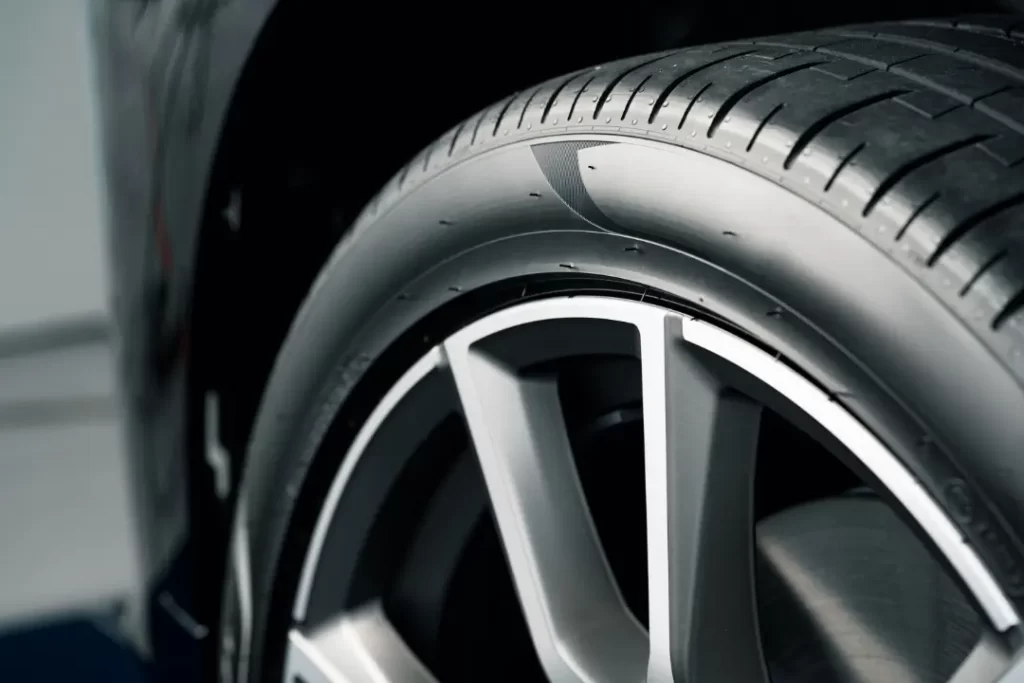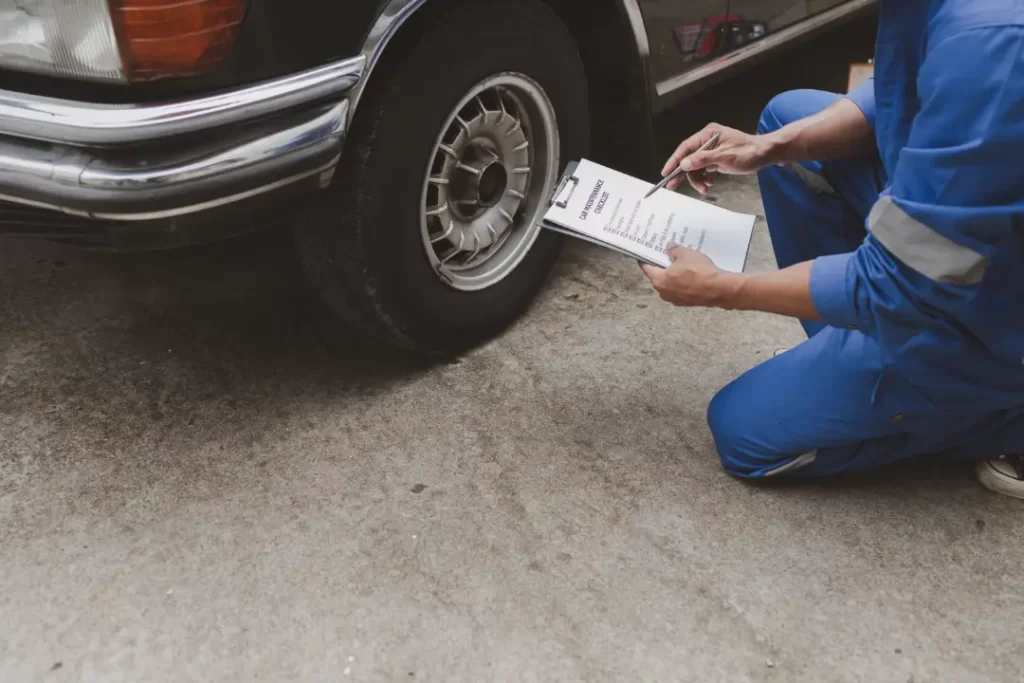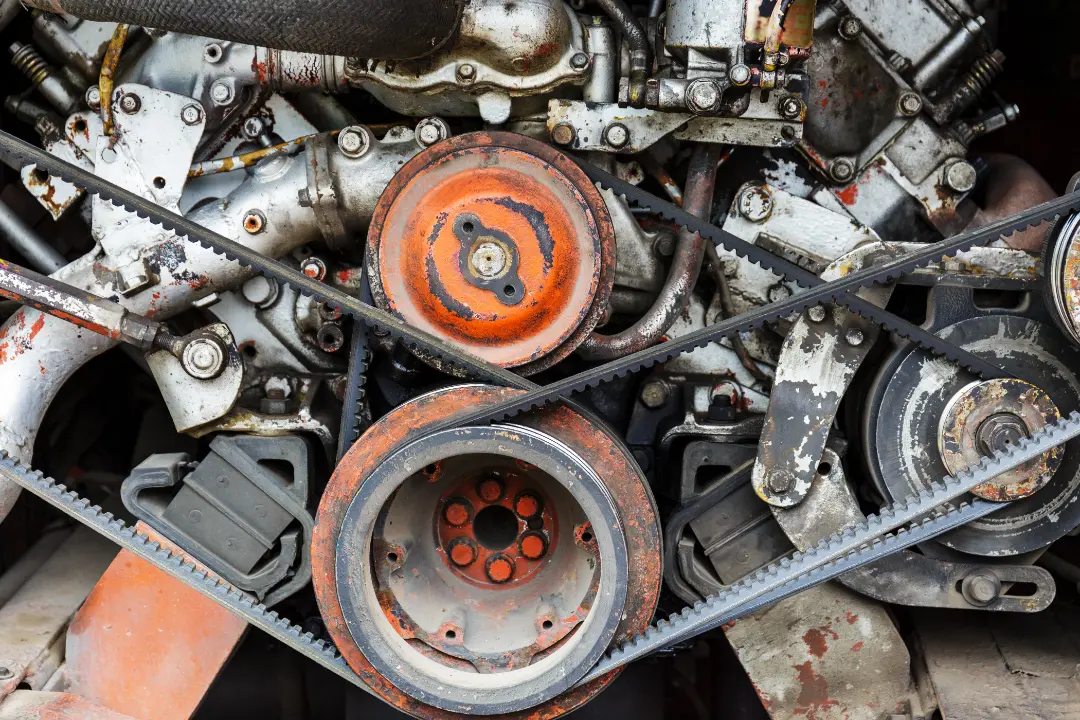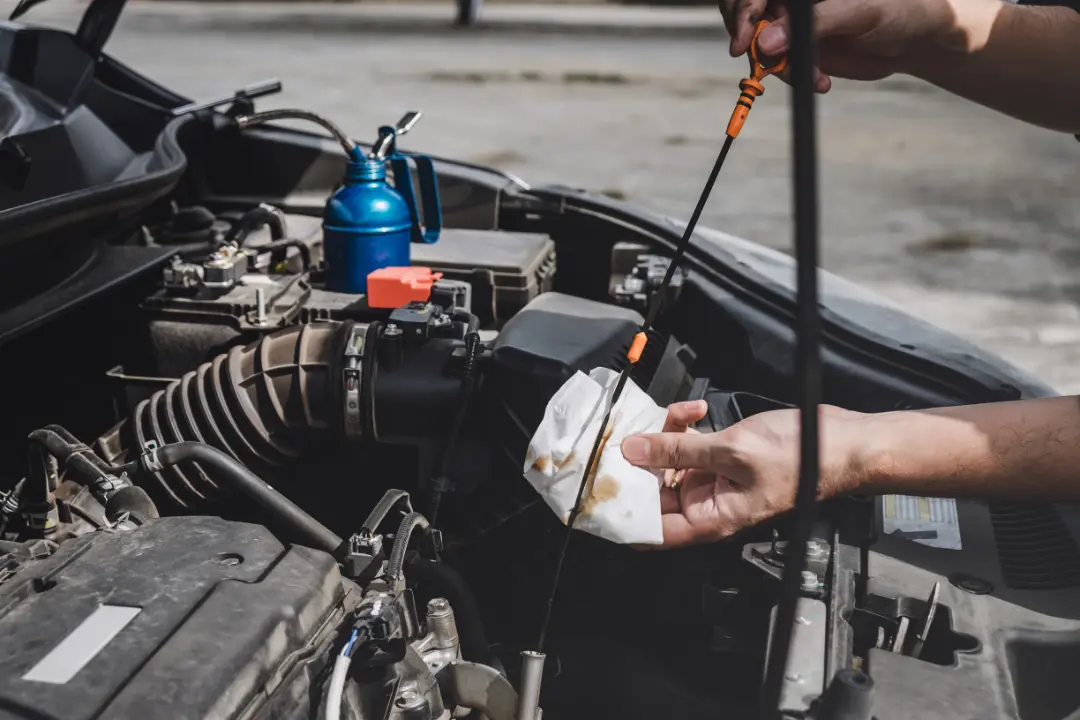Understanding the age of your tyres is essential for ensuring your vehicle’s safety and performance. This guide will walk you through how to check a tyre’s age using the DOT code and explain why regular tyre inspections are vital.
Key Takeaways
- Tyre age significantly impacts safety; regardless of tread depth, tyres should generally be replaced every 5-10 years.
- The DOT code on tyres reveals their age; the last four digits indicate the week and year of manufacture.
- Regular tyre inspections are essential for identifying signs of ageing, such as cracking or reduced tread depth, and should be conducted at least monthly.
Why Monitoring Tyre Age is Essential for Safe Driving
Tyre age significantly impacts safety because older tyres can cause performance issues and increase the risk of failure. As tyres age, they may crack and lose grip, compromising vehicle safety. Therefore, understanding and monitoring the age of your tyres is crucial.
Tyres can age even when not frequently used or stored, leading to premature ageing. UV rays and weather conditions significantly influence this process. Even a spare tyre in your trunk can become unsafe over time, showing that stored old tyres also need attention.
Tyres generally last between 5-6 years, influenced by maintenance and usage. After this time, the age of a tyre can lead to rubber compounds degrading, posing safety hazards. Regularly checking and replacing tyres as needed is essential for maintaining performance and safety.

Finding and Decoding the DOT Code
To determine the age of your tyres, locate the DOT code on the sidewall. This code provides essential information about the tyre’s manufacture date. The DOT code is typically found near the rim on either the inner or outer sidewall.
How to Read the DOT Code
The DOT code consists of up to 13 characters. The first characters indicate the manufacturer and plant code, while the last four digits reveal the tyre’s age. For tyres manufactured after 2000, the last four digits denote the week and year of manufacture. For example, a DOT code ending in ‘2310’ means the tyre was manufactured in the 23rd week of 2010.
For tyres made before 2000, a three-digit code is used. The last three digits represent the week and year of manufacture. For instance, ‘237’ indicates the tyre was made in the 23rd week of either 1997 or 1987. Knowing how to interpret these codes helps you accurately determine the age of your tyres.
Signs of Tyre Ageing
Rubber cracking and tread deformation are visible signs of tyre ageing. Small cracks on the tyre sidewall indicate drying rubber, which reduces grip and increases blowout risk. These signs clearly show that tyre replacement may be necessary.
Bulges or blisters on the tyre surface indicate severe wear and potential air loss, requiring immediate inspection. Reduced tread depth significantly impairs grip and safety, and ensuring it meets the legal minimum tread depth is crucial. Ignoring these signs can lead to dangerous driving conditions.
Regular tyre inspections are crucial for identifying safety-compromising deterioration. Inspect your tyres at least once a month to prevent blowouts by monitoring rubber conditions. Replace tyres showing ageing signs, regardless of tread condition.

How Long Do Tyres Last?
Tyres should generally be replaced after ten years, regardless of tread wear, due to rubber degradation over time. However, it is advisable to replace tyres after five years of use, as they typically show significant wear and surface damage by then. Annual inspections are recommended for tyres older than five years to identify issues early and maintain safety.
The Impact of Tyre Age on Fuel Efficiency
Tyre age doesn’t just affect safety; it can also have a significant impact on fuel efficiency. As tyres age, the rubber hardens and the tread may become uneven, which can increase rolling resistance. This makes the engine work harder, leading to higher fuel consumption. Regularly checking your tyres’ age and condition ensures that your vehicle runs efficiently, saving you money at the pump.
By maintaining proper tyre pressure and replacing old tyres, you not only enhance safety but also improve your vehicle’s overall performance and fuel economy.
How Tyre Age Affects Handling and Performance
As tyres age, they lose their elasticity and grip, which can significantly affect your vehicle’s handling and performance. This is particularly noticeable in wet or icy conditions, where older tyres may struggle to maintain traction. The reduced grip can lead to longer stopping distances and increased risk of skidding, making it essential to replace tyres before they become a hazard.
Performance-oriented vehicles, in particular, rely heavily on the condition of their tyres for optimal handling. Whether you’re driving a sports car or a family vehicle, ensuring your tyres are within their safe age range will help maintain the intended performance characteristics of your vehicle. Replacing old tyres with new ones can restore your car’s handling capabilities, providing a safer and more enjoyable driving experience.
The Importance of Regular Tyre Inspections
Tyre specialists can identify when car tyres need replacing. Their expertise helps spot issues invisible to the untrained eye. Utilising professional services like All Vehicle Services (AVS) in Sittingbourne ensures comprehensive tyre checks and maintenance, including the option for new tyres.
Inspect tyres over five years old annually, as the ageing process can accelerate over time, creating safety hazards. Annual inspections help catch issues early and prevent accidents.
Excessive driving vibrations may indicate alignment issues or uneven wear, requiring further investigation. Unusual tyre noises often point to alignment problems or damaged tread, suggesting replacement. Regular inspections help identify these issues and maintain tyre condition.

Why Choose All Vehicle Services for Your Tyre Needs?
At All Vehicle Services (AVS), we offer a comprehensive range of automotive solutions tailored to meet the unique needs of every vehicle owner. From selecting the perfect tyres to performing expert maintenance and repairs, our team of experienced technicians is dedicated to delivering top-notch service. We understand that vehicle safety and performance are paramount, which is why we use the latest technology and equipment to ensure your car is always in peak condition.
Choosing AVS means opting for quality, affordability, and reliability. Our commitment to transparency ensures no hidden costs, and our competitive pricing makes premium services accessible without breaking the bank. Whether you need new tyres, an MOT test, or a full vehicle inspection, we provide efficient, trustworthy services that keep your vehicle safe and road-ready. Our technicians have the expertise to handle any automotive issue with precision and care.
Don’t wait until it’s too late—trust your vehicle to AVS and experience the difference. Whether you need a quick tyre check or extensive repairs, our friendly and professional team is here to help. Visit us today and enjoy a safer, smoother drive tomorrow. Schedule your appointment now for optimal vehicle performance!
Frequently Asked Questions
How can I find out when my tyres were manufactured?
Locate the DOT code on the tyre sidewall to determine when your tyres were manufactured. The last four digits of this code indicate the week and year of manufacture, helping you assess the tyres’ age accurately.
Why is monitoring tyres’ age important?
Monitoring tyres’ age is crucial because as tyres age, the rubber can degrade, leading to reduced grip, increased risk of blowouts, and overall compromised safety. Regular checks ensure your tyres remain safe and reliable.
Do spare wheels also age even if not used?
Yes, spare wheels can age just like the tyres on your vehicle, even if they aren’t used regularly. Exposure to heat, UV rays, and environmental factors can cause the rubber to degrade over time, making it essential to check its condition periodically.
When should I replace my car tyres, regardless of their condition?
Tyres should generally be replaced ten years after they were manufactured, regardless of their condition. Even if the tread appears fine, the rubber compounds can deteriorate with age, compromising safety.
Conclusion
Knowing how to check the age of your tyres and recognising signs of ageing are crucial for maintaining vehicle safety and performance. By understanding and decoding the DOT code, you can determine when to replace your tyres and ensure they are in top condition. Regular inspections, especially for tyres over five years old, help prevent accidents and maintain safety.
Choosing All Vehicle Services (AVS) guarantees experienced technicians, competitive pricing, and exceptional customer service. Our wide range of services and commitment to quality make them a top choice for tyre and automotive needs. Contact AVS today to ensure your tyres are safe and enjoy a smoother driving experience.


